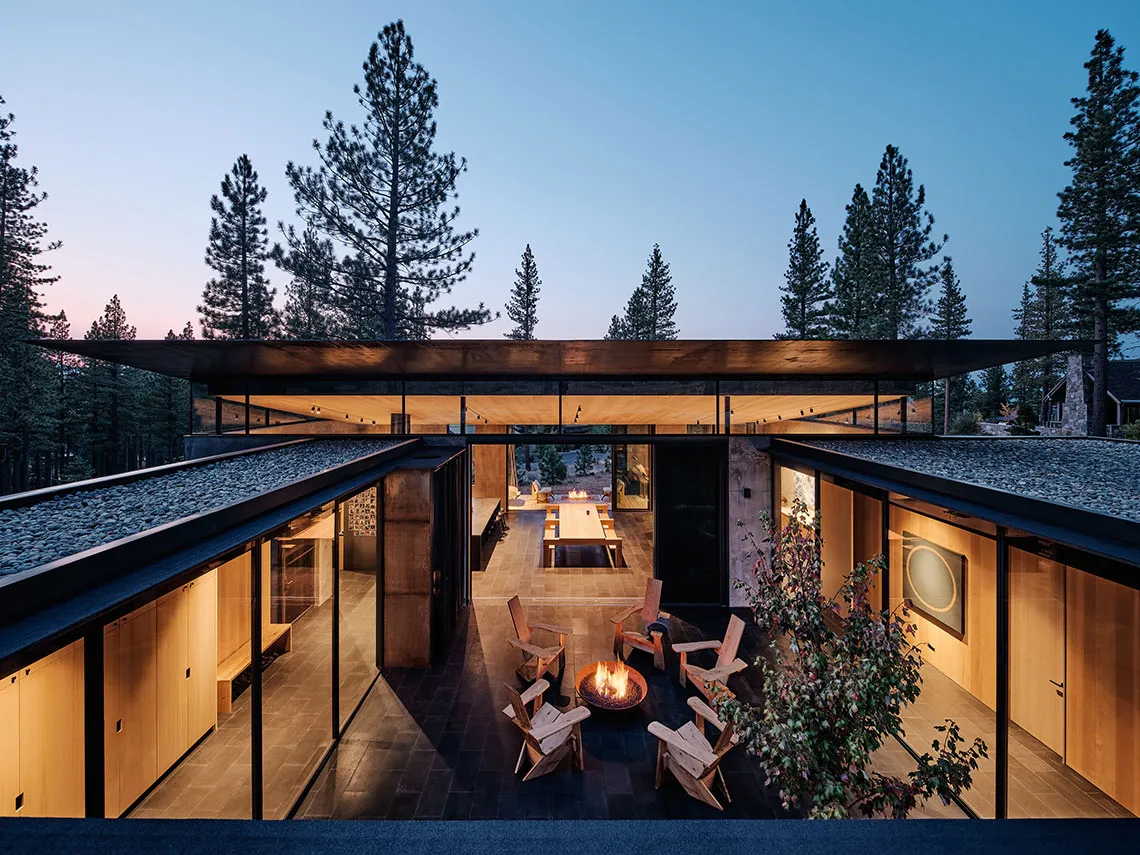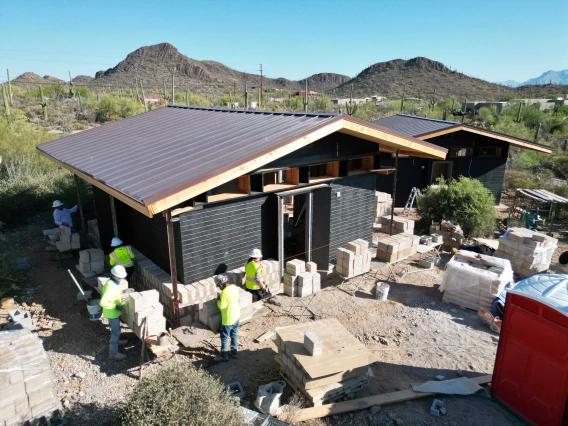Lecture Recap and Video: Greg Faulkner on 'Built Form: Observation, Association and Transformation'

Campout, by Faulkner Architects. Photo by Joe Fletcher Photography.
Seven houses completed by the firm over the past decade will be presented and reviewed in terms of the connection achieved with their respective building sites. Construction assemblies and details earned through response to context will be discussed as tools that can generate physical and spiritual kinship with place.
The renewed mission, with every project is one of understanding and transforming what’s there. Through comprehensive observation and association with place, an intensification of the existing built and natural landscape is where conceptual thought is fostered.
Watch the Lecture
About Faulkner Architects

Greg Faulkner
Faulkner Architects was formed in 1998 by Greg Faulkner. The office remains as it began with Greg as the single principal who guides the design process for each project. A small staff works out of two offices, both in northern California, near Lake Tahoe in the Sierra Nevada Mountains and in San Francisco. The work of the practice exists along a varied range of typologies, from hospitality and institutional buildings (including master planning), to private houses and renovations.
The pursuit of carefully crafted, site-sensitive and haptic built environments drives the design template for each project. Materials and methods of construction are informed by native resources and local conditions. Relationships with existing landscapes are carefully considered and disturbance limited through intimate recognition of natural elements and their locations. Emphasis is placed on an interactive process between architect, client and builder through the duration of the project that allows team cooperation with design, concept and supporting details. A strong commitment to the quality of every project is evident in our built places, and relationships. Repeat projects for clients that become friends make up much of our work.
The firm has earned ample professional recognition. AIA California Council Residential Honor awards were received in 2016 and 2017 for Creek House and Miner Road. Creek House also claimed a 2016 Residential Building - Single Occupancy House of the Year award from LEAF in London. The firm’s work has been published in Architectural Record, GA Houses, The New York Times, Architectural Digest Germany, Dwell, Wallpaper*, Sunset, Luxe, Arquitectura y Diseno and Enki. It has been featured online at Architectural Digest, Elle Décor Italy, Dezeen, Architect, The Cool Hunter, Curbed, Opumo, Corriere Della Sera, Uncrate and Stupid Dope.



